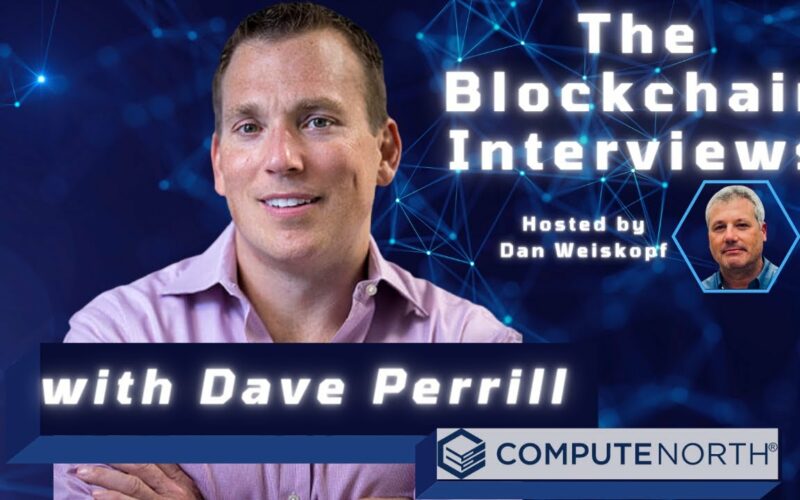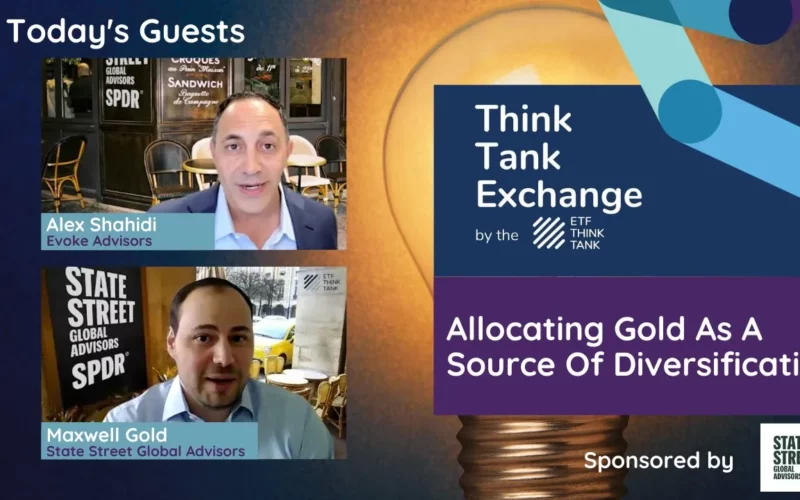One of the biggest financial market trends since the beginning of the pandemic has been the participation by millennials in the investing world. Many think that they present a unique set of circumstances for financial advisors, but is that really true? Doug Boneparth, the founder of Bone Fide Wealth, specializes in helping the millennial generation with their financial planning needs and stops by the ETF Think Tank to offer his thoughts on what advisors should be aware of.
Are millennials asking very different questions from the investor universe in general? Boneparth doesn’t feel as if their behaviors or goals are different, but understanding their needs still is. They’re still interested in the same objectives as others, such as buying a home. Going after millennials isn’t niche anymore, but relatability will be a key factor for advisors. In the end, it still comes down to finding the right plan for each person and figuring out a way to stick to it.
Boneparth also feels like the financial advisor 10-20 years from now could look different. If there’s a threat to the advice side, it likely happens on the low end of the affluence scale where there’s greater democratization of information and things, such as free access to CFPs. He sees more flat fee planning taking place and customers who are happy to manage their portfolios themselves but pay for the financial planning part. The advisors of the future need to pay particular attention to how much they charge clients, especially if they consider moving to a one price for all model.
The current environment can be challenging because millennials only know a market where stocks are going up. One of the advantages for this group is that they’re gaining exposure and experience much earlier than other generations. On the other hand, there’s some reckless risk taking going on. Alternatives can be a nice way to diversify a portfolio and manage risk, but the idea of portfolio construction is a little skewed. Boneparth says he’s not thrilled with the way that these folks are learning about money management first through investing instead of traditional cash management, but at least they are on their way.
Another challenge is how to approach clients who have 50% of their portfolios or more invested in cryptocurrency, which could be possible if they got in early. Boneparth acknowledges that the struggle is real when it comes to planners giving advice on crypto, something his firm doesn’t do for both regulatory and operational reasons. Regulators may not be providing guidance and there’s a lot of uncertainty, so that’s why it’ll be so important to educate before you allocate. If you can contextualize the data, such as volatility or correlation to traditional asset classes, you can do a great deal of good for clients.
Some other key takeaways:
- Traditional valuation metrics may not be taking into account how the new disruptive economy has evolved. The greatest disconnect is understanding how to value traditional sectors in today’s environment.
- One of the biggest opportunities in defi is tax reporting. There are billions of dollars to be made in developing effective tax reporting. Tell clients to make sure they’re accounting and documenting appropriately because it will be costly and time consuming if the IRS asks questions.
- NFTs are the first expressive version of defi. People today view it as a lot of fun, but flipping digital assets is only the surface level. Boneparth wants to see businesses use it to develop brands and raise funds. Once you figure out how it can impact businesses, then you get a better idea of their potential.
This week our guest will be Callum Thomas, joining us to discuss his global multi-asset approach to investing. Sign up here.
Disclosure
All investments involve risk, including possible loss of principal.
The information provided here is for financial professionals only and should not be considered an individualized recommendation or personalized investment advice. The investment strategies mentioned here may not be suitable for everyone. Each investor needs to review an investment strategy for his or her own particular situation before making any investment decision.
All expressions of opinion are subject to change without notice in reaction to shifting market conditions. Data contained herein from third party providers is obtained from what are considered reliable sources. However, its accuracy, completeness or reliability cannot be guaranteed.
Examples provided are for illustrative purposes only and not intended to be reflective of results you can expect to achieve.
The value of investments and the income from them can go down as well as up and investors may not get back the amounts originally invested, and can be affected by changes in interest rates, in exchange rates, general market conditions, political, social and economic developments and other variable factors. Investment involves risks including but not limited to, possible delays in payments and loss of income or capital. Neither Toroso nor any of its affiliates guarantees any rate of return or the return of capital invested. This commentary material is available for informational purposes only and nothing herein constitutes an offer to sell or a solicitation of an offer to buy any security and nothing herein should be construed as such. All investment strategies and investments involve risk of loss, including the possible loss of all amounts invested, and nothing herein should be construed as a guarantee of any specific outcome or profit. While we have gathered the information presented herein from sources that we believe to be reliable, we cannot guarantee the accuracy or completeness of the information presented and the information presented should not be relied upon as such. Any opinions expressed herein are our opinions and are current only as of the date of distribution, and are subject to change without notice. We disclaim any obligation to provide revised opinions in the event of changed circumstances.
The information in this material is confidential and proprietary and may not be used other than by the intended user. Neither Toroso or its affiliates or any of their officers or employees of Toroso accepts any liability whatsoever for any loss arising from any use of this material or its contents. This material may not be reproduced, distributed or published without prior written permission from Toroso. Distribution of this material may be restricted in certain jurisdictions. Any persons coming into possession of this material should seek advice for details of and observe such restrictions (if any).












